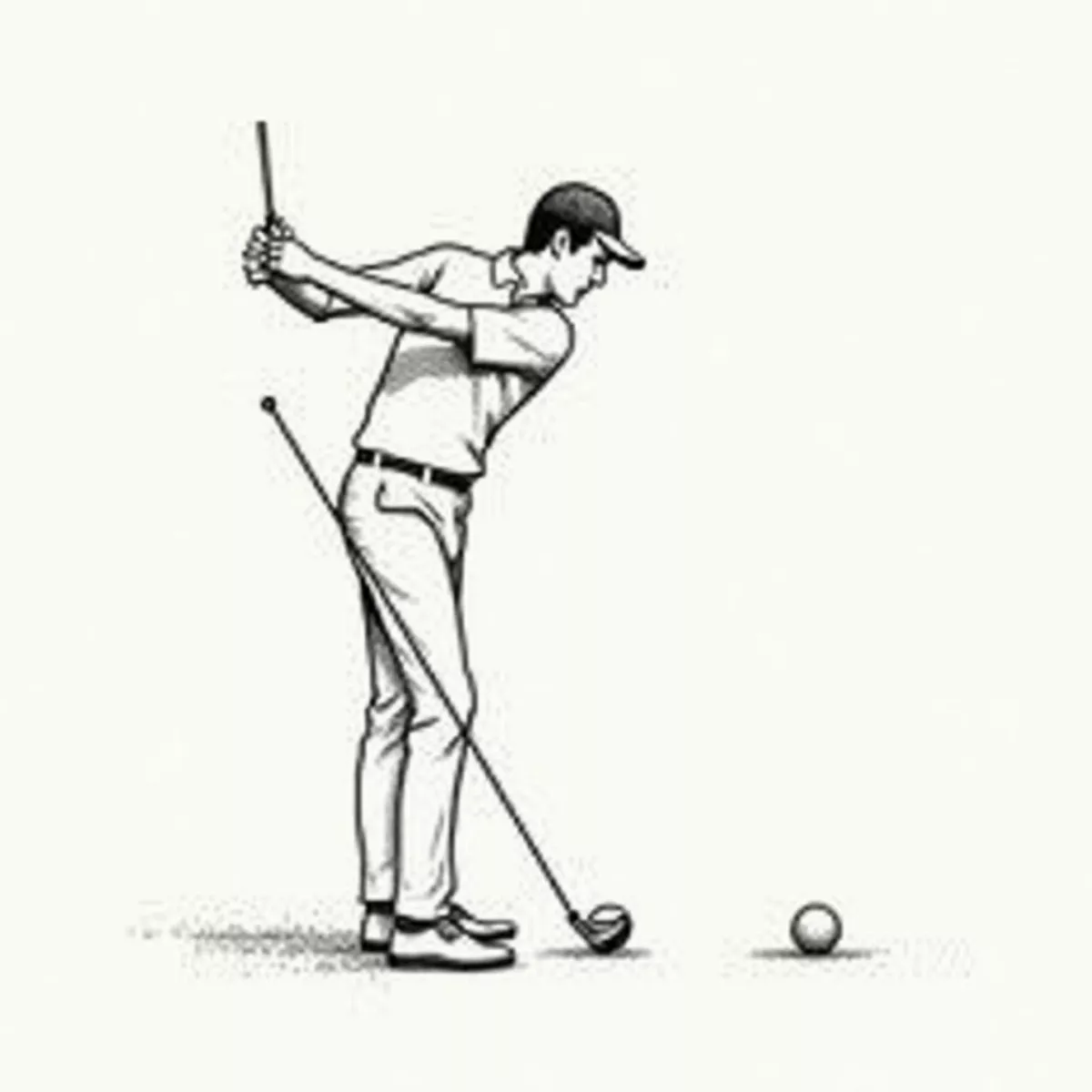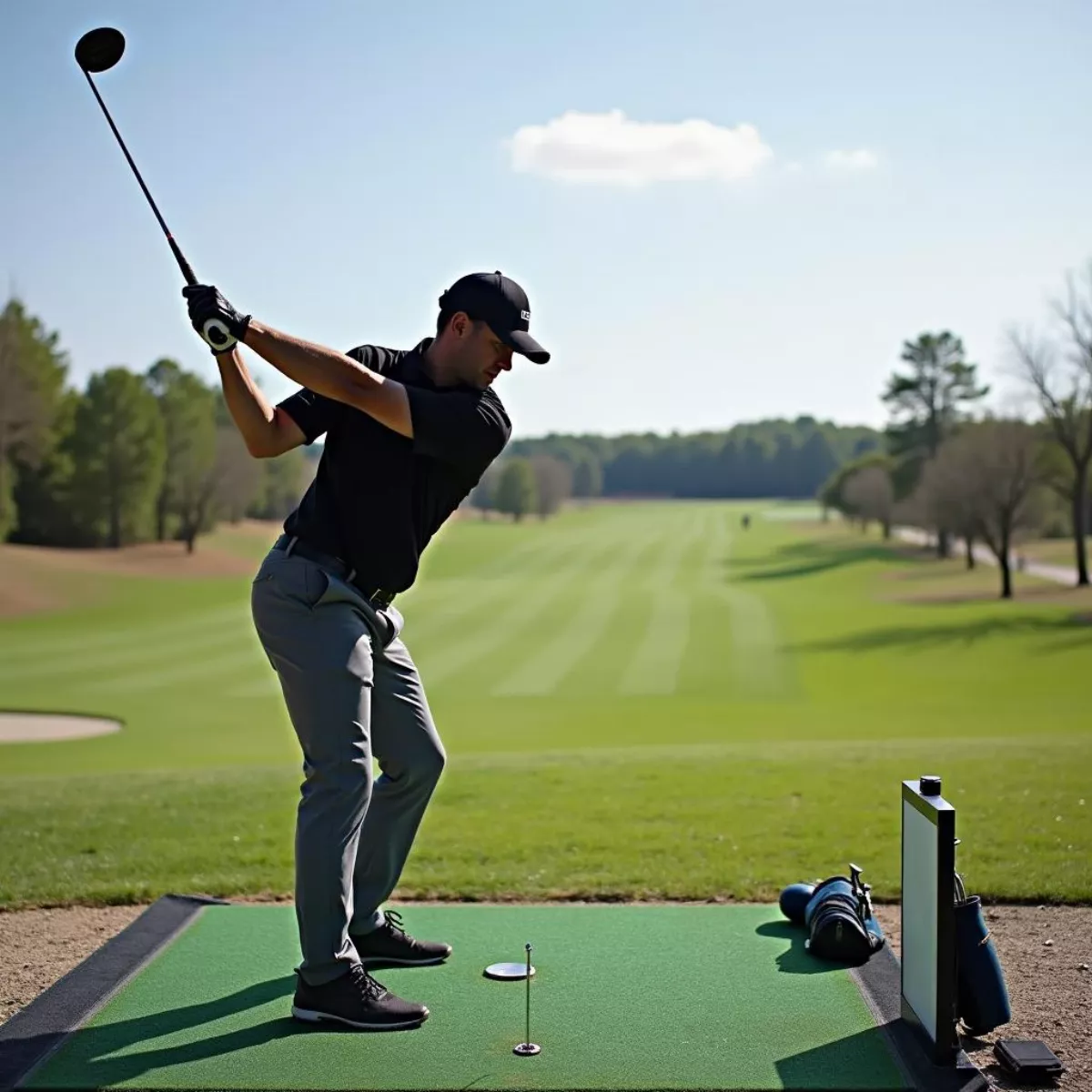Golfers at every level dream of perfecting their swing, but one shot that often eludes many is the draw. The draw can add distance, control, and a certain ‘pop’ to your game. In this guide, we will walk you through the strategies and techniques on how to hit a draw with a driver, breaking down every element into manageable steps.
What is a Draw?
Before we dive in, let’s define what a draw is. A draw is a shot that starts slightly right of the target (for right-handed players) and curves back to the left, finishing closer to the target. It’s a shot that can add distance and precision if executed correctly.
Why Hit a Draw?
- Distance: A draw typically has a lower ball flight, which can lead to less air resistance and more distance.
- Control: The curve can help you navigate obstacles and position your ball effectively.
- Confidence: Knowing you can hit a draw can boost your confidence on the course.
Preparing to Hit a Draw
1. Check Your Equipment
The right tools can make a significant difference in your performance. Consider:
- Driver Specifications: Ensure your driver has the right loft and shaft flex for your swing speed.
- Grip: A slightly thicker grip can help promote a draw by encouraging a more stable wrist position.
2. Understand the Fundamentals of a Draw
To hit a draw, you need to align and position your body and clubface purposefully.
Key Components to Hitting a Draw
1. Stance and Alignment
- Aim Right: Align your feet and shoulders slightly to the right of the target.
- Ball Position: Place the ball just inside your left heel, encouraging an upward strike with a driver.
2. Clubface Angle
- Clubface Control: The clubface must be slightly closed relative to your swing path at impact. This helps create that essential right-to-left spin.
3. Swing Path
- Inside-Out Swing Path: Focus on swinging from the inside to the outside. Visualize a line that starts just outside the ball and extends to the left of your target.
 Golf Swing Path for a Draw
Golf Swing Path for a Draw
Step-by-Step Guide to Hitting a Draw
Let’s break down the process into simple steps that you can follow the next time you’re on the tee.
| Step | Action |
|---|---|
| 1. Grip | Use a “strong” grip. Rotate your hands slightly to the right on the club. |
| 2. Foot Position | Position your left foot slightly forward, encouraging an inside-out swing. |
| 3. Set Up | Align your body to the right of the target but keep the club aimed slightly left. |
| 4. Back Swing | Take the club back low and slow, focusing on a wide arc. |
| 5. Transition | Initiate the downswing by shifting your weight to your left foot. |
| 6. Impact | Ensure your hands are ahead of the ball at impact to promote a descending strike. |
| 7. Follow-Through | Finish high while allowing the face to close naturally. |
Tips for Practicing Your Draw
- Visual Drills: Use alignment sticks on the range to visualize your swing path.
- Adjust Tee Height: Changing your tee height can subtly alter your angle of attack.
- Swing Thoughts: Keep in mind the feeling of an inside-out swing – this will help you accumulate muscle memory.
 Golfer Practicing Draw at Driving Range
Golfer Practicing Draw at Driving Range
Common Mistakes to Avoid
- Overthinking: Focus on the feeling of the shot rather than mechanics.
- Incorrect Setup: Make sure your alignment is right; otherwise, it defeats the purpose.
- Not Following Through: Ensure that your follow-through matches your intended direction.
The Mental Game
Hitting a draw is not only physical; it is also mental. Visualize your shot, confidence is key. When you step up to the tee, see the shot in your head before you hit it.
Key Takeaways
- Equipment Matters: Using the right driver can facilitate a better draw.
- Stance and Alignment: Properly align your shoulders and feet right of the target.
- Focus on Clubface: Keep the clubface closed relative to the swing path to create that spin.
- Practice Regularly: Commit to frequent practice and focus on feedback.
FAQ Section
1. What is the best grip for hitting a draw?
Using a strong grip can help you close the clubface at impact, promoting a draw.
2. How can I practice hitting a draw at the driving range?
Utilize alignment sticks to maintain the correct stance and swing path while practicing.
3. Is hitting a draw harder than a fade?
It depends on individual swing mechanics; some golfers naturally find one easier than the other.
4. Can weather conditions affect my ability to hit a draw?
Yes, wind direction can influence your shot; practice in various conditions to adapt.
5. Should I adjust my equipment to help me hit a draw?
It can be beneficial. Experimenting with loft and clubface adjustments may improve your chances.
6. How do I know if I’m hitting a draw correctly?
Look for a shot that starts right and curves back left towards your target.
7. What if my draw turns into a hook?
If you’re hooking the ball, your clubface might be excessively closed; practice maintaining the correct angle.
8. How can I maintain accuracy while hitting a draw?
Firmly practice your alignment and grip to improve your consistency with a draw.
9. Is it necessary to adjust my stance when trying to hit a draw?
Yes, altering your stance to aim right of the target is critical for creating the right swing path.
10. Can professionals hit a draw consistently?
Yes, many professionals can hit a draw consistently, as it is a valuable tool in their arsenal.
With practice and persistence, you’ll find yourself hitting more draws with your driver, granting you greater confidence and control on the course. Remember that every golfer is unique, so adjust these guidelines to suit your own swing style!
For more detailed insights into improving your game, check out our articles on Driver Techniques and Understanding Ball Flights. Happy golfing!